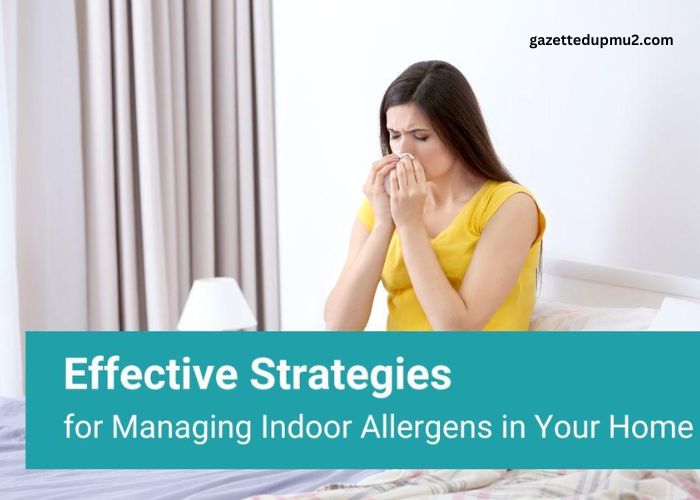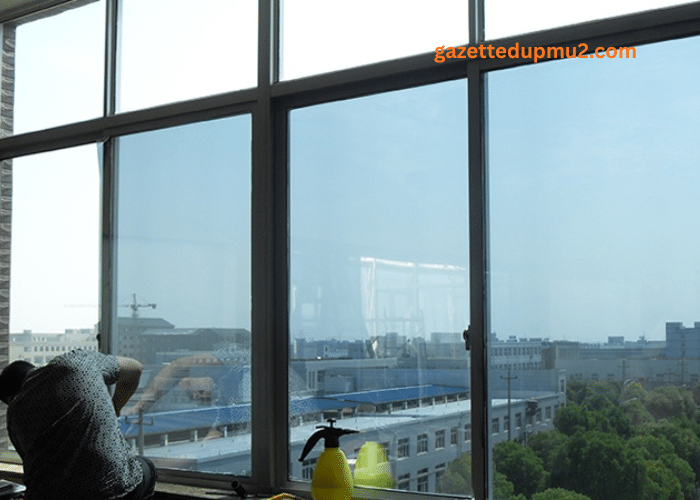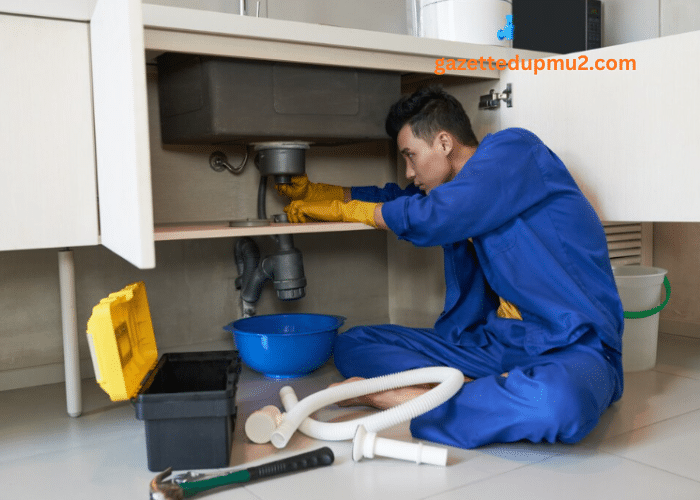llergies can turn your home into an uncomfortable place rather than the safe haven it should be. From sneezing fits to itchy eyes and respiratory issues, common indoor allergens like dust mites, pet dander, pollen, and mold spores can significantly impact your well-being. However, with the right strategies, you can improve your indoor environment and breathe easier.
Understanding Indoor Allergens
Before tackling allergens in your home, it’s important to understand where they come from and how they affect you.
- Dust Mites – These microscopic pests thrive in your bedding, carpets, and upholstered furniture. Their waste particles are a major trigger for allergies and asthma.
- Pet Dander – Shed skin flakes from cats, dogs, and other furry pets can linger in the air and settle on surfaces, causing allergic reactions.
- Pollen – While pollen is an outdoor allergen, it can easily find its way inside through open doors, windows, and even on clothing.
- Mold Spores – Damp areas such as basements, bathrooms, and kitchens can promote mold growth, leading to airborne spores that exacerbate allergies and respiratory conditions.
Practical Tips for Reducing Indoor Allergens
If you or your family members suffer from allergies, taking a proactive approach to indoor air quality can make a significant difference. Here’s how:
1. Keep Your Home Clean
- Vacuum Regularly – Use a vacuum cleaner with a HEPA filter to trap dust, pet dander, and pollen efficiently.
- Wash Bedding Weekly – Wash sheets, pillowcases, and blankets in hot water to kill dust mites and remove allergens.
- Declutter Your Space – Clutter collects dust and allergens, so minimize items on shelves and in storage areas.
2. Control Humidity Levels
- Use a Dehumidifier – Maintaining indoor humidity below 50% can prevent mold growth and dust mite infestations.
- Fix Leaks Immediately – Address water leaks in plumbing, walls, or ceilings to prevent mold and mildew.
- Ventilate Bathrooms and Kitchens – Use exhaust fans or open windows to reduce moisture levels in these high-humidity areas.
3. Improve Air Quality with Purification
- Invest in an Air Purifier – Choose one with a HEPA filter to effectively capture airborne allergens such as pollen, pet dander, and dust mites.
- Change HVAC Filters Regularly – HVAC systems circulate air throughout your home, so replacing filters every 1-3 months helps maintain cleaner air.
- Avoid Scented Products – Many air fresheners and candles release volatile organic compounds (VOCs), which can worsen allergy symptoms.
HVAC Maintenance for Allergen Reduction
Your heating and cooling system plays a crucial role in maintaining indoor air quality. Proper maintenance ensures cleaner air and a healthier home environment.
- Schedule Routine HVAC Maintenance – Professional maintenance can help prevent dust buildup and improve system efficiency.
- Install a High-Quality Air Filter – A high-efficiency particulate air (HEPA) or electrostatic filter can significantly reduce airborne allergens.
- Clean Air Ducts Periodically – Dust, mold, and pet dander can accumulate in ductwork, distributing allergens throughout your home.
- Ensure Proper Ventilation – Modern homes are well-sealed, which can trap allergens inside. Use ventilation systems to maintain fresh airflow.
For those living in Florida, keeping your HVAC system in top condition is especially important due to the humid climate. Regular professional servicing from Heating And Cooling Bonita Springs FL can help ensure your system is operating efficiently and reducing allergens in your home.
Best Practices for Pet Owners
If you have pets, managing allergens requires extra effort:
- Bathe Pets Regularly – Weekly baths can reduce dander levels.
- Keep Pets Out of Bedrooms – Designate pet-free zones to minimize allergen exposure while sleeping.
- Use Washable Pet Bedding – Regularly washing pet beds, blankets, and toys can help control allergens.
Bringing Fresh Air Indoors
Good ventilation is key to improving indoor air quality.
- Open Windows Strategically – On low-pollen days, open windows to allow fresh air circulation.
- Use Houseplants Wisely – While some plants help purify air, overwatering can promote mold growth.
- Utilize Ceiling Fans Properly – Ensure ceiling fans push air downward and don’t just stir up dust.
Creating an Allergy-Free Home
By implementing these strategies, you can significantly reduce allergens in your home and improve the overall indoor environment. Whether it’s through proper cleaning, air purification, or HVAC maintenance, taking proactive steps will enhance your quality of life.
If you’re looking for professional help in improving Indoor Air Quality Naples FL, HVAC experts can assess your system and recommend the best solutions for a cleaner, allergen-free home.
A few simple changes can lead to big improvements in your health and comfort. Take control of your indoor air today and start breathing easier!





